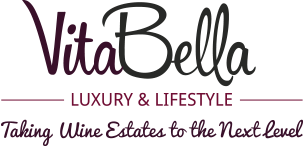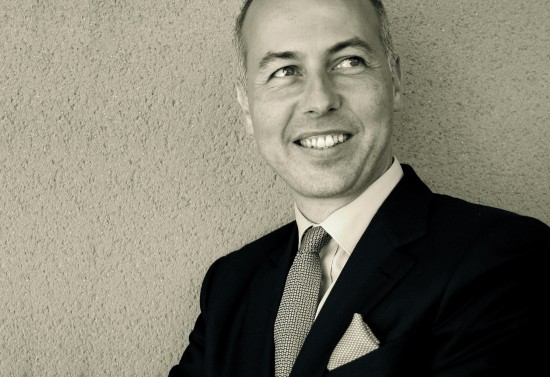(This post is the Executive Summary of the report “Luxury Brand Strategy : Provence, Rosé and LVMH ” published by VitaBella Luxury Wine on December 2019)
After Champagne… Provence Rosé! Moët Hennessy, the wines, champagnes and spirits division of the French luxury goods group LVMH, has taken a majority share in the Provençal estate, Château d’Esclans. This is the second acquisition by LVMH in the rosé wine sector in the space of just a few months. Last July, the group chaired by Bernard Arnault announced their takeover of Château du Galoupet, a Côtes-de-Provence Cru Classé since 1955.
Why Provence rosé? Because champagne’s real competitor isn’t sparkling wine; it’s rosé from Provence. And as a major player in champagne, LVMH also needed a stake in a sector that a) takes market share away from its highly profitable business and b) is booming among younger consumers.
Why Galoupet? To start with, it’s one of the 18 rare crus classés of Provence. It is also a magnificent property with the potential to become a superb hospitality venue. Its size as one of the biggest estates in the Var (165 hectares of which 72 are planted with vines), and its history (its 17th century underground cellars still have vestiges from the time when it belonged to Carthusian monks at Verne, near Cogolin) are major assets indeed.
Why Château d’Esclans? Firstly, Château d’Esclans represents an impressive 10 million bottles a year. They are sold in some 100 countries with the US as the primary market, followed by the UK and France. It produces several vintages, some of which command extremely high prices, all with resolutely high-end brand positioning. It has great potential in terms of brand development and volume growth. And, to top it all, the Château is a fabulous space in which to receive guests. Its origins date from 1201 making it the oldest property in the group’s portfolio; the Clos des Lambrays in Burgundy only dates from 1365!
So, what do these two acquisitions say about LVMH’s strategy for developing its rosé offer? What we are effectively witnessing is the emergence of Champagne 2.0. Moët & Chandon, Dom Perignon, Veuve Cliquot, Ruinart, Krug – five prestigious Champagne brands, each with their own distinct market positioning, each hugely successful around the world. Why should we not be able to duplicate this same winning strategy for Provence rosés? Five prestigious brands that we bring out into the spotlight and enable to grow substantially, in terms of both quantity and quality. Now is the perfect moment, with rosé having become “the champagne of Millennials”. For them, it’s more than just a wine; it’s a lifestyle. With rosé they’re breaking the codes, as was the case with champagne a century ago. Let’s not forget that, at the time, champagne’s success was built largely on transgression.
Today, LVMH cannot afford to ignore this major trend with its emphasis on enjoying life and living it to the full – an attitude champagne no longer represents. It is vital to reclaim these values with Provence rosé, and to work at replicating the position that the group holds in Champagne. With 64 million bottles of champagne produced annually, the group represents more than 20% of the appellation’s total production. To obtain the same result in Provence, it needs to seek out historic estates of unique character, with a strong culture of excellence. Marketing and communications strategies will then come into play to highlight the luxury elements in each of the brands – Heritage, Innovation, Authenticity and Creativity etc. And since “big is beautiful”, production must be significantly increased. Significantly? Yes, because the potential is enormous when you consider the reach of the group, and that countries like China are only just beginning to get a taste for rosé.
(Guillaume Jourdan wrote this post. You can reach him via LinkedIn)



